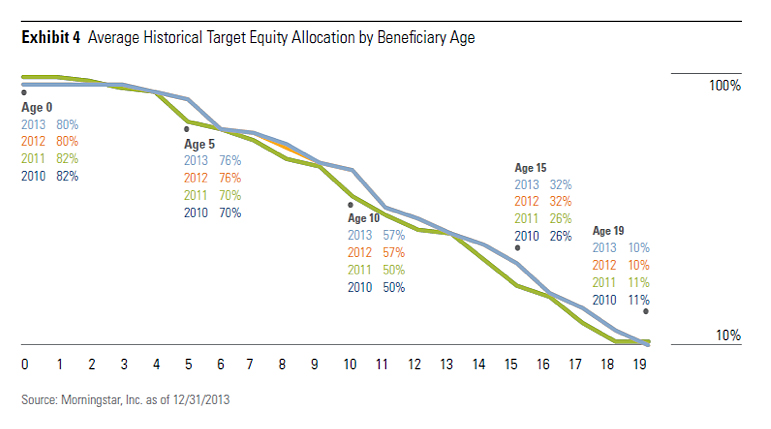
So here you are. You find yourself happily on cruise control — you seem to be making more money every year, you have the house and cars you always wanted, the kids are now in college and you take the family vacations you want when you want to take them. And then — bam — traffic comes to a stop. What? How can this be? How can we already be in our mid-50’s? How can retirement be so close? How is it possible that we haven’t saved more towards our own retirement by now? What do we do to make it to our goal on time?
If this sounds anything like you, you are not alone. We find that many clients come to us looking for assistance with their retirement late in the game. They may not have balanced their multiple financial goals as evenly as they should or could have and they find themselves behind in their retirement goals as they approach their retirement years.
The good news is that it is possible to get yourself back on track by taking few action steps:
Make sure you have a strong savings/emergency reserve fund. At a minimum, this is 3 - 6 months’ worth of living expenses.
Make sure all unnecessary and high interest rate debt is paid off; if this has accumulated, it is likely a result of no emergency reserve fund.
Attempt to maximize your contributions to your employer retirement plans (start by making sure you are meeting any company match, and increase your contributions over time to meet the maximum contribution as cash flow allows; ramping up contributions is more crucial if your time frame towards retirement is shorter). *See here for our blog on 2018 retirement plan contribution limits.
If you are able to save beyond your maximum employer retirement plan contributions, consider savings in either a ROTH IRA (if you are eligible under the current income limitations) or in an after-tax investment account to create diversification in your retirement investment portfolio. What we mean here is that we want to have different tax buckets to draw from in retirement — we don’t want every dollar you access for income in retirement to be taxable in the same way.
And lastly, partner with a financial planner to keep yourself and your retirement savings plan on track until retirement. Having an accountability and decision making partner to help you determine where best to save, when and how to save more, when you might realistically be able to retire and how much you might be able to spend is crucial to a successful retirement.
It is easy to cruise through life and forget how quickly time is passing us by. Before we know it, important life milestones are creeping up on us before we are prepared for them. With the help of a financial planner, you can get yourself back on track and ready to meet the goals you’ve always dreamed of. If we can be of help to you or anyone you know who might be in this situation, give us a call. We are always happy to help!
Sandra Adams, CFP® is a Partner and Financial Planner at Center for Financial Planning, Inc.® Sandy specializes in Elder Care Financial Planning and is a frequent speaker on related topics. In addition to her frequent contributions to Money Centered, she is regularly quoted in national media publications such as The Wall Street Journal, Research Magazine and Journal of Financial Planning.
Any opinions are those of Sandra Adams and not necessarily those of RJFS or Raymond James. The information has been obtained from sources considered to be reliable, but we do not guarantee that the foregoing material is accurate or complete. There is no assurance any of the trends mentioned will continue or forecasts will occur. Any information is not a complete summary or statement of all available data necessary for making an investment decision and does not constitute a recommendation. Roth IRA owners must be 591⁄2 or older and have held the IRA for five years before tax-free withdrawals are permitted. Like Traditional IRAs, contribution limits apply to Roth IRAs. In addition, with a Roth IRA, your allowable contribution may be reduced or eliminated if your annual income exceeds certain limits. Contributions to a Roth IRA are never tax deductible, but if certain conditions are met, distributions will be completely income tax free. Diversification and asset allocation do not ensure a profit or protect against a loss. You should discuss any tax or legal matters with the appropriate professional. Raymond James is not affiliated with any of the companies listed above. Certified Financial Planner Board of Standards Inc. owns the certification marks CFP®, CERTIFIED FINANCIAL PLANNERTM and federally registered CFP (with flame design) in the U.S., which it awards to individuals who successfully complete CFP Board's initial and ongoing certification requirements.
















